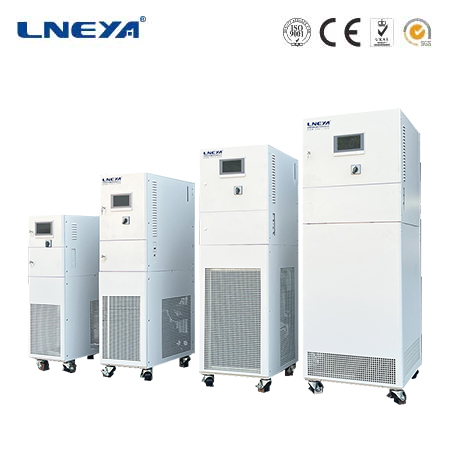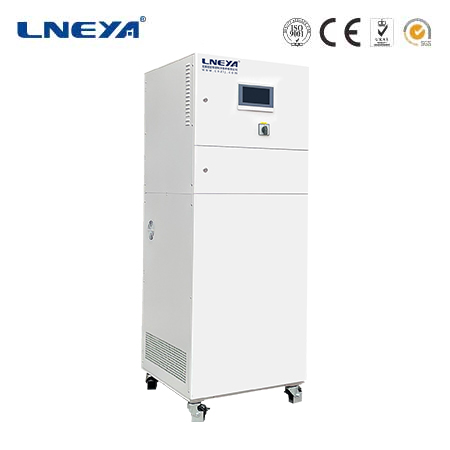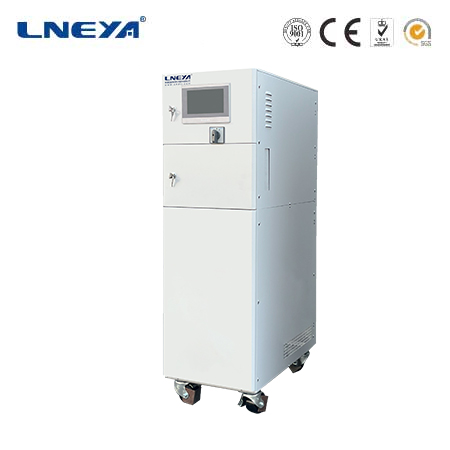temperature heating and cooling
Temperature Heating and Cooling: A Comprehensive Guide
Introduction
Temperature heating and cooling systems are essential for maintaining precise and comfortable thermal conditions in various environments, including residential, commercial, and industrial settings. These systems regulate temperature by either adding heat (heating) or removing heat (cooling) from a space or process. Common technologies include HVAC systems, heat pumps, chillers, and radiant heating systems. Temperature control is critical for comfort, energy efficiency, and the proper functioning of equipment and processes. This article delves into the working principles, types, applications, advantages, and considerations for selecting temperature heating and cooling systems.

Working Principle
Temperature heating and cooling systems operate based on the principles of heat transfer, which involve the movement of thermal energy from one place to another. The key mechanisms include:
Heating: Heating systems add thermal energy to a space or process. Common methods include:
Convection: Using air or water to distribute heat (e.g., furnaces, boilers).
Radiation: Emitting infrared radiation to heat objects directly (e.g., radiant floor heating).
Conduction: Transferring heat through direct contact (e.g., electric heaters).
Cooling: Cooling systems remove thermal energy from a space or process. Common methods include:
Vapor-Compression Refrigeration: Using a refrigerant to absorb and release heat (e.g., air conditioners, chillers).
Evaporative Cooling: Using water evaporation to cool air (e.g., swamp coolers).
Thermoelectric Cooling: Using the Peltier effect to create a temperature difference (e.g., portable coolers).
Types of Temperature Heating and Cooling Systems
HVAC Systems: Heating, Ventilation, and Air Conditioning (HVAC) systems provide integrated heating and cooling for buildings. They include components such as furnaces, air conditioners, and ductwork.

Heat Pumps: Heat pumps can provide both heating and cooling by reversing the refrigeration cycle. They are highly energy-efficient and suitable for moderate climates.
Chillers: Chillers are used for cooling large spaces or processes. They can be air-cooled or water-cooled and are commonly used in industrial and commercial settings.
Radiant Heating Systems: These systems use radiant panels or underfloor heating to provide comfortable and efficient heating.
Portable Heating and Cooling Units: These units are compact and mobile, providing flexible temperature control for small spaces or temporary needs.
Applications of Temperature Heating and Cooling Systems
Residential Use: Heating and cooling systems are used in homes to maintain comfortable living conditions. Common applications include space heating, air conditioning, and water heating.
Commercial Use: These systems are used in office buildings, shopping malls, and hotels to provide comfortable environments for occupants and customers.
Industrial Use: Heating and cooling systems are used in manufacturing plants, data centers, and laboratories to maintain precise temperatures for equipment and processes.
Healthcare Facilities: Hospitals and medical centers use these systems to maintain precise temperatures for medical equipment, patient comfort, and sterile environments.
Educational Institutions: Schools and universities use these systems for heating and cooling classrooms, laboratories, and data centers.
Advantages of Temperature Heating and Cooling Systems
Comfort: These systems provide comfortable and consistent temperatures, improving the quality of life and productivity.
Energy Efficiency: Modern systems are designed to be energy-efficient, reducing operational costs and environmental impact.
Versatility: These systems can be used in a wide range of applications, providing flexible temperature control solutions.
Precise Temperature Control: Advanced control systems ensure accurate and stable temperature control, improving performance and comfort.

Durability: High-quality materials and construction ensure long-lasting performance and reliability.
Considerations for Selecting Temperature Heating and Cooling Systems
Heating and Cooling Capacity: Determine the required heating and cooling capacity based on the heat load and temperature requirements of the application.
Energy Efficiency: Look for systems with high energy efficiency ratings and advanced control systems.
Type of System: Choose the appropriate system (e.g., HVAC, heat pump, chiller) based on the specific needs and constraints of the application.
Control Features: Look for systems with advanced temperature control features, such as programmable thermostats and digital displays.
Maintenance Requirements: Opt for systems with low maintenance requirements and easy access to components for servicing.
Environmental Impact: Consider the environmental impact of the system, including energy and water consumption, and implement sustainable practices.
Conclusion
Temperature heating and cooling systems are essential for maintaining precise and comfortable thermal conditions in various environments. Their ability to provide both heating and cooling ensures year-round comfort, energy efficiency, and the proper functioning of equipment and processes. By understanding the working principles, types, applications, and selection criteria, users can choose the right temperature heating and cooling system to meet their specific needs. This guide provides a comprehensive overview of temperature heating and cooling systems, equipping readers with the knowledge needed to make informed decisions about reliable and efficient thermal management solutions.
Related recommendations
external chiller
217External Chillers: Types and Operation External chillers are refrigeration units used to cool fluids, typically water or glycol, which are then circulated through heat exchangers to provide coo...
View details60 ton air cooled chiller
29460 Ton Air-Cooled Chiller: Medium-Scale Cooling Solutions for Commercial and Industrial Applications A 60-ton air-cooled chiller is an essential piece of HVAC equipment capable of managing sign...
View detailslaboratory recirculating water chiller
74Introduction to Laboratory Recirculating Water ChillersLaboratory recirculating water chillers are vital equipment in modern laboratories. They are designed to cool and circulate water continuousl...
View detailswater chiller for injection molding machine
183water chillers play a critical role in the cooling process of molds, which is essential for the solidification of injected molten plastic. The efficiency of the chiller directly impacts the qualit...
View details
 LNEYA Thermal Test Chillers
LNEYA Thermal Test Chillers






HelloPlease log in